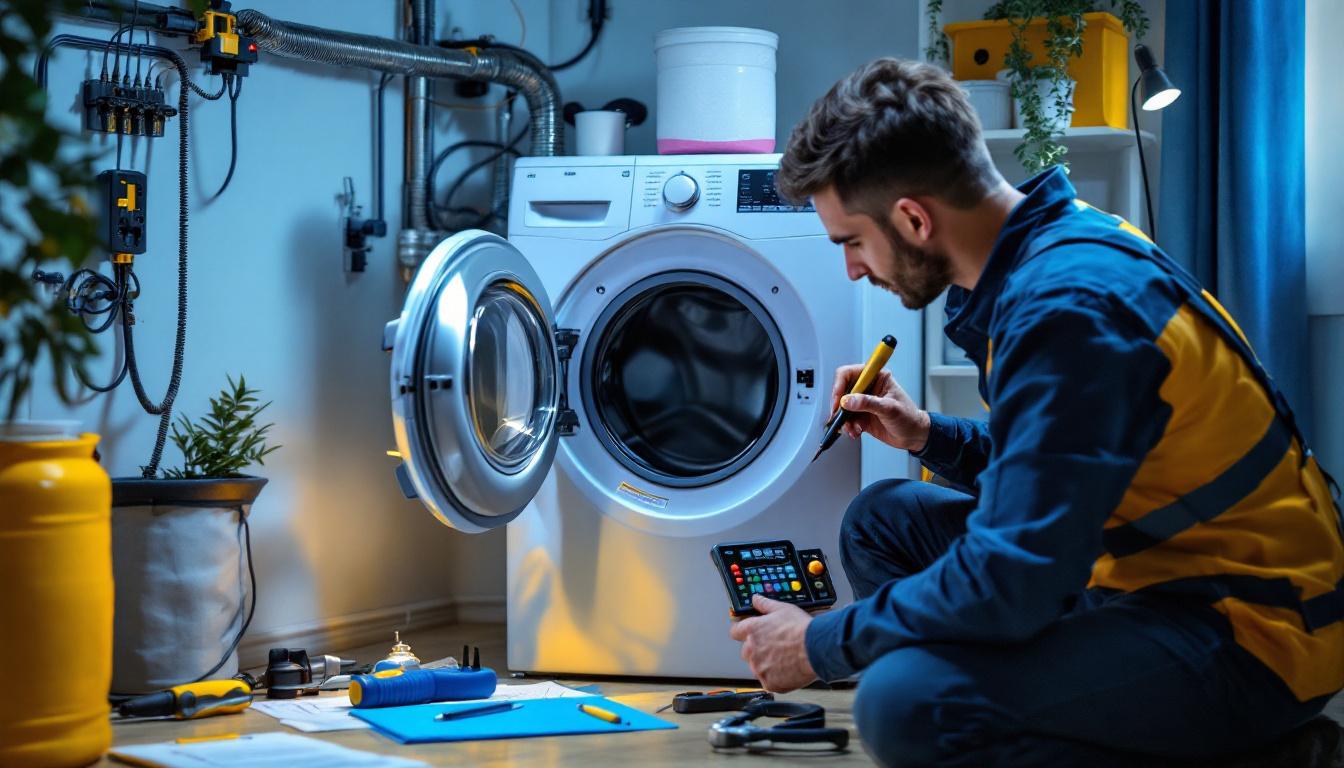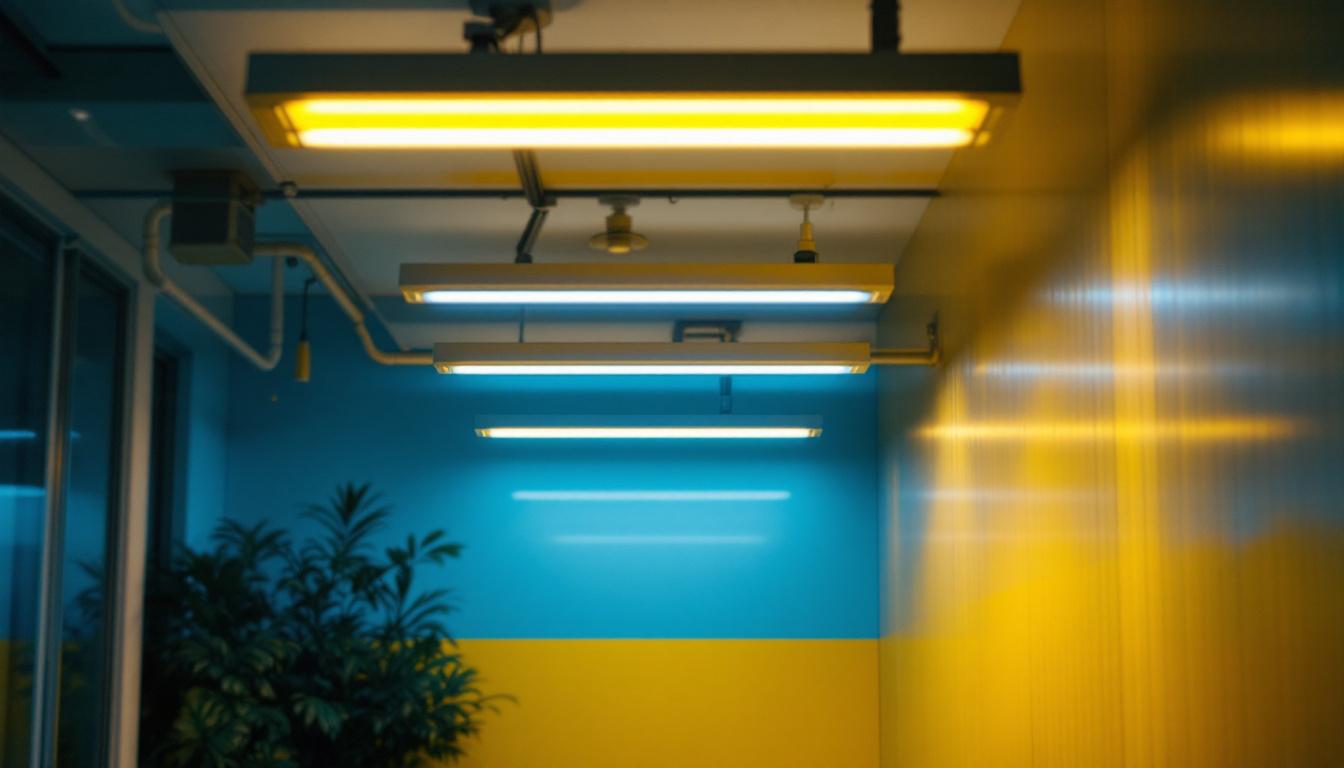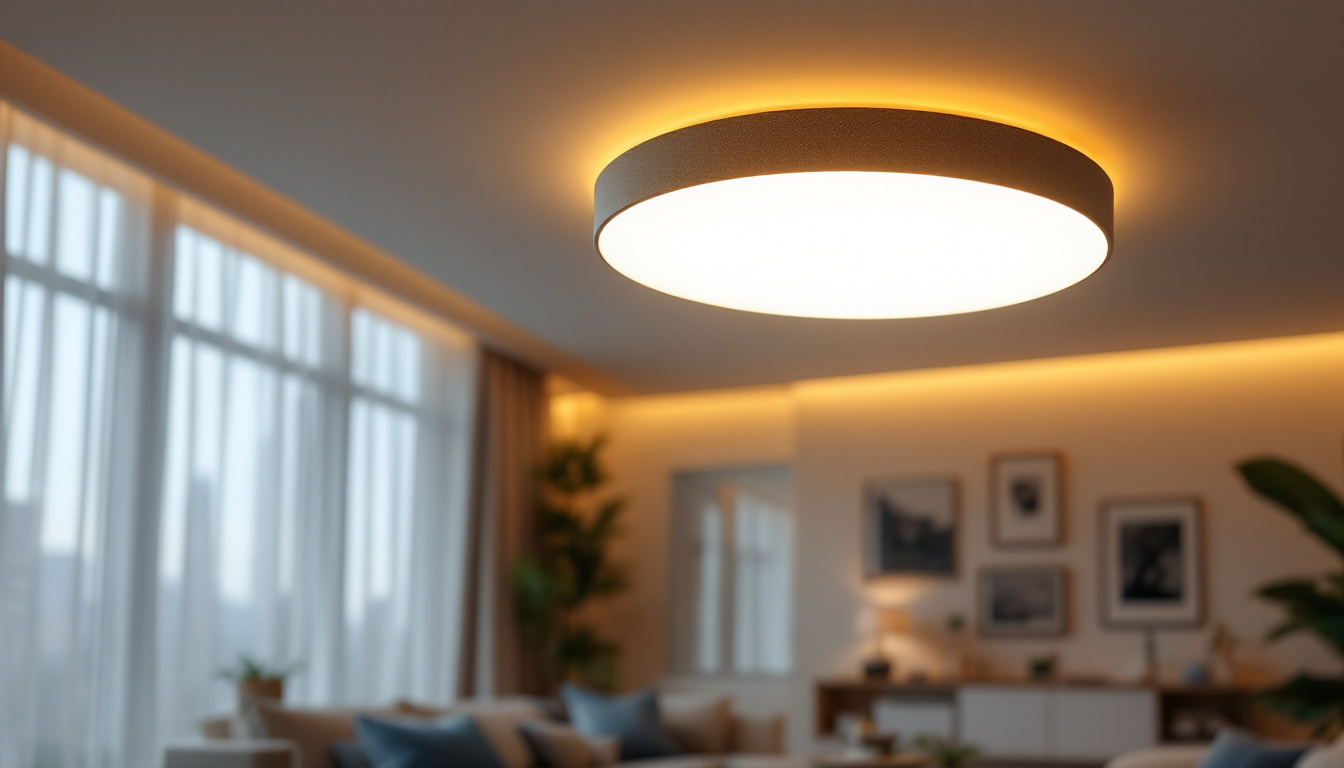
As the demand for efficient and aesthetically pleasing lighting solutions continues to grow, lighting professionals must stay informed about the various aspects of installation, including electrical components like plugs for washers and dryers. This article serves as an essential checklist for lighting contractors, focusing on the critical elements of plug installation and the considerations that come with it.
Before delving into the specifics of plugs for washers and dryers, it is crucial to understand the fundamental principles of electrical connections. Proper installation is not only about connecting wires; it involves ensuring safety, compliance with local codes, and the overall functionality of the appliances. Electrical connections must be secure and reliable, as any faults can lead to significant issues, including appliance damage or even electrical fires. Therefore, having a solid grasp of the basics is essential for both DIY enthusiasts and professionals alike.
There are several types of plugs used for washers and dryers, each designed for specific applications. The most common types include NEMA 10-30, NEMA 14-30, and NEMA 6-30. Understanding the differences between these plugs is essential for ensuring compatibility with the electrical systems in place. Each plug type has its unique configuration and pin arrangement, which not only affects how they connect to the appliance but also how they interact with the electrical supply.
NEMA 10-30 plugs are typically used for older dryers, while NEMA 14-30 plugs are common in newer models, providing a neutral wire for added safety. NEMA 6-30 plugs are often used for heavy-duty appliances, making them suitable for commercial settings. Familiarity with these types will aid in selecting the right plug for each installation. Moreover, it’s worth noting that some appliances may require additional grounding methods, which can influence the choice of plug and outlet configuration, ensuring that the appliance operates safely and efficiently.
When selecting a plug, it is vital to consider the voltage and amperage requirements of the washer or dryer. Most residential units operate on a 240-volt system, requiring plugs that can handle this voltage efficiently. Additionally, the amperage rating of the plug must match the appliance’s requirements to prevent overheating and potential hazards. Understanding these specifications is crucial, as they dictate not only the performance of the appliance but also the safety of the entire electrical system.
For instance, a standard residential dryer typically requires a 30-amp circuit. Therefore, using a plug rated for lower amperage could lead to circuit failure or even fire hazards. Always check the appliance specifications and ensure that the plug and circuit are adequately rated. Furthermore, it is advisable to consult with a licensed electrician when in doubt, as they can provide insights into local electrical codes and the best practices for installation. This professional guidance can help prevent costly mistakes and ensure that your appliances run smoothly and safely for years to come.
Adhering to safety standards is non-negotiable in the electrical installation process. Lighting professionals must be aware of the National Electrical Code (NEC) and local regulations that govern electrical installations. Compliance with these standards not only ensures safety but also protects the contractor from potential liability. Furthermore, understanding these codes can enhance the overall efficiency of the installation process, allowing for smoother inspections and fewer delays.
Grounding is a critical aspect of electrical installations, particularly for washers and dryers. Proper grounding helps prevent electrical shocks and ensures that excess electricity is safely redirected. Most modern plugs come with a grounding pin, and it is essential to ensure that the outlet is also grounded. This is especially important in areas prone to electrical surges or lightning strikes, where the risk of damage to appliances and potential hazards increases significantly.
In cases where older wiring is present, an upgrade may be necessary to meet current safety standards. This may involve installing a new grounding system or replacing outdated outlets. Always verify that grounding practices are followed during installation to maintain compliance and safety. Additionally, using ground fault circuit interrupters (GFCIs) in wet areas, such as kitchens and bathrooms, can further enhance safety by providing an extra layer of protection against electrical shock.
In addition to the NEC, local building codes may have specific requirements regarding electrical installations. These codes can vary significantly by region, so it is essential for lighting professionals to familiarize themselves with the regulations applicable to their area. This knowledge not only ensures compliance but also enhances the quality of work delivered to clients. For instance, some jurisdictions may require additional safety measures for installations in high-humidity environments, necessitating the use of specialized equipment and materials.
Consulting with local authorities or electrical inspectors can provide valuable insights into any unique requirements that may apply. Staying informed about changes in regulations is equally important, as these can impact installation practices and safety standards. Additionally, participating in local trade associations or continuing education courses can help professionals stay abreast of the latest developments in electrical safety and technology, ensuring that their skills and knowledge remain current and relevant in a rapidly evolving industry.
Proper installation techniques are vital for ensuring the longevity and safety of washers and dryers. Lighting professionals must adopt best practices to avoid common pitfalls that can lead to malfunction or hazards.
Having the right tools on hand is essential for any electrical installation. For plug installation, tools such as wire strippers, screwdrivers, and voltage testers are indispensable. Using high-quality tools not only makes the job easier but also ensures a professional finish.
Additionally, it is advisable to have a multimeter available to check voltage and continuity. This tool can help verify that the installation is correct and that there are no issues with the electrical supply.
Every appliance comes with specific installation instructions provided by the manufacturer. It is crucial to follow these guidelines closely to ensure proper installation and avoid voiding warranties. Manufacturers often include essential information regarding wiring configurations, grounding, and plug types.
In cases where the instructions are unclear or unavailable, consulting the manufacturer’s website or customer service can provide clarity. Taking the time to understand these requirements can save time and prevent costly mistakes.
After installation, thorough testing is essential to ensure that the washer and dryer function correctly and safely. Lighting professionals should develop a systematic approach to testing electrical connections and troubleshooting any issues that arise.
Using a multimeter, lighting professionals should conduct voltage tests to confirm that the correct voltage is present at the outlet. This step is crucial in preventing potential damage to the appliance or creating safety hazards. If the voltage is outside the expected range, further investigation is needed to identify the cause.
Additionally, checking the amperage draw during operation can help identify any potential issues. If the appliance draws more current than expected, it may indicate a problem with the wiring or the appliance itself.
Common issues that may arise during installation or operation include tripped circuit breakers, flickering lights, or appliances that fail to start. These symptoms can often be traced back to improper wiring, faulty plugs, or inadequate circuit capacity.
When troubleshooting, it is essential to methodically check each component of the electrical system. This may involve inspecting the plug, outlet, and wiring for signs of wear or damage. Addressing these issues promptly can prevent more significant problems down the line.
Once the installation is complete, ongoing maintenance of electrical systems is vital for ensuring their longevity and safety. Lighting professionals should educate clients on the importance of regular inspections and maintenance practices.
Encouraging clients to schedule regular inspections of their electrical systems can help identify potential issues before they escalate. Inspections should include checking plugs, outlets, and wiring for signs of wear or damage. Additionally, ensuring that grounding systems remain intact is crucial for ongoing safety.
For commercial clients, establishing a routine maintenance schedule can help minimize downtime and ensure that all electrical systems operate efficiently. This proactive approach can save money in the long run by avoiding costly repairs and replacements.
Lighting professionals should take the time to educate clients about the importance of proper usage and maintenance of their washers and dryers. This includes informing them about the potential hazards of overloading circuits, using extension cords, or ignoring warning signs such as unusual noises or smells.
Providing clients with a simple checklist for maintaining their appliances can empower them to take an active role in ensuring safety and functionality. This not only enhances client satisfaction but also builds trust in the contractor’s expertise.
In conclusion, the installation of plugs for washers and dryers is a critical aspect of the work performed by lighting professionals. By adhering to safety standards, following best practices, and maintaining a proactive approach to testing and troubleshooting, contractors can ensure that their installations are both safe and efficient.
Staying informed about the latest regulations, tools, and techniques is essential for success in this field. By following this essential checklist, lighting professionals can enhance their skills and deliver high-quality installations that meet the needs of their clients.
Ready to elevate your lighting installations with the highest quality products at the best value? Look no further than LumenWholesale. Our extensive selection of spec-grade lighting products is designed to meet the needs of the most discerning lighting professionals. With unbeatable wholesale prices and the convenience of bulk buying without hidden fees, you can ensure your projects shine brightly while keeping costs down. Plus, with free shipping on all orders, LumenWholesale is your go-to source for premium lighting solutions that combine quality, affordability, and convenience. Don’t compromise on your lighting needs—explore our collection now and discover the LumenWholesale difference.

Discover how LED technology for recessed lighting can transform your business and help you secure more contracts.

Discover the benefits of fluorescent fixtures in energy-efficient lighting.

Discover the essentials of emergency lighting for homes in this comprehensive guide tailored for lighting contractors.

Discover how flushmount ceiling lights can transform your lighting projects by enhancing efficiency and aesthetics.